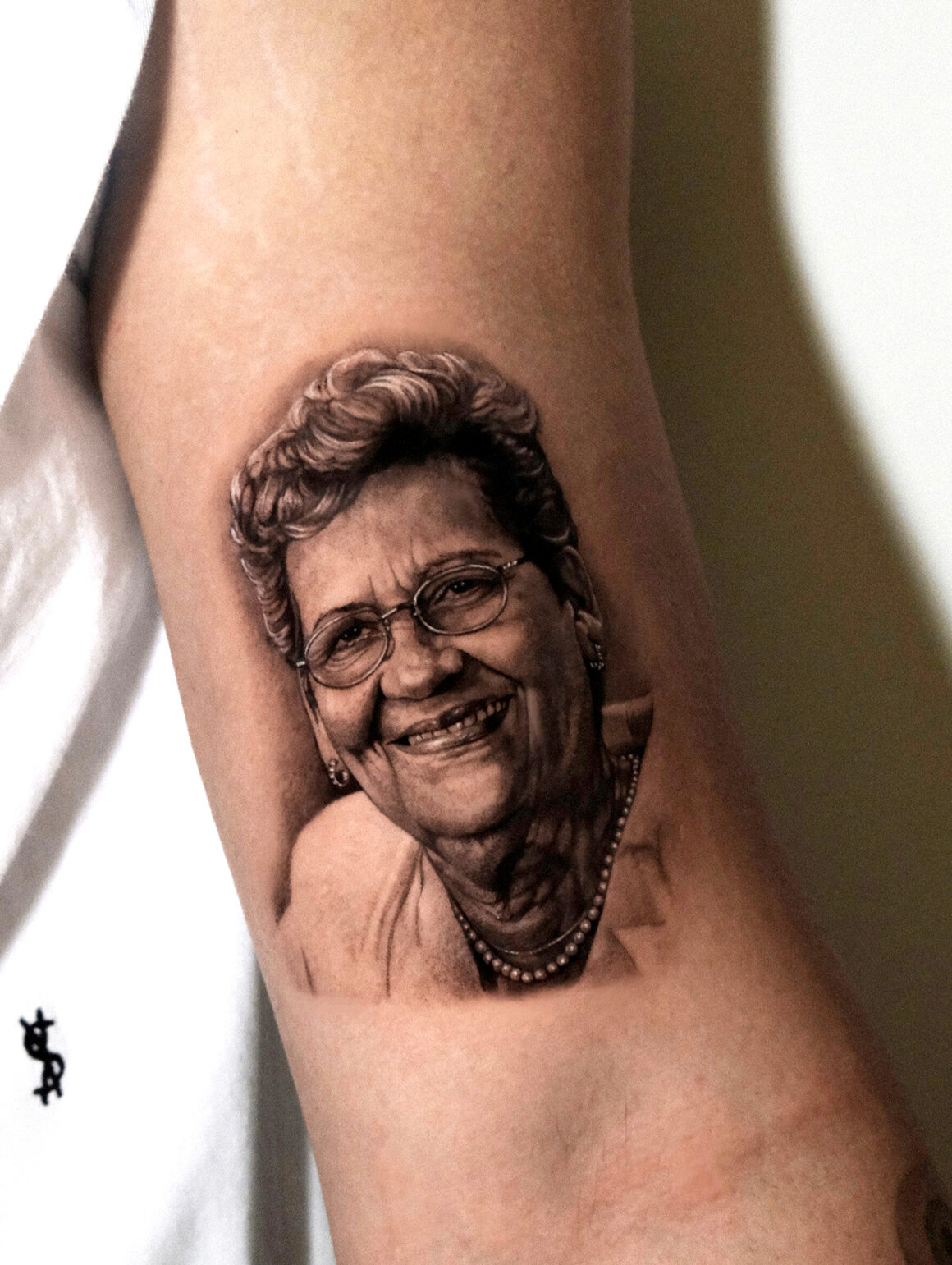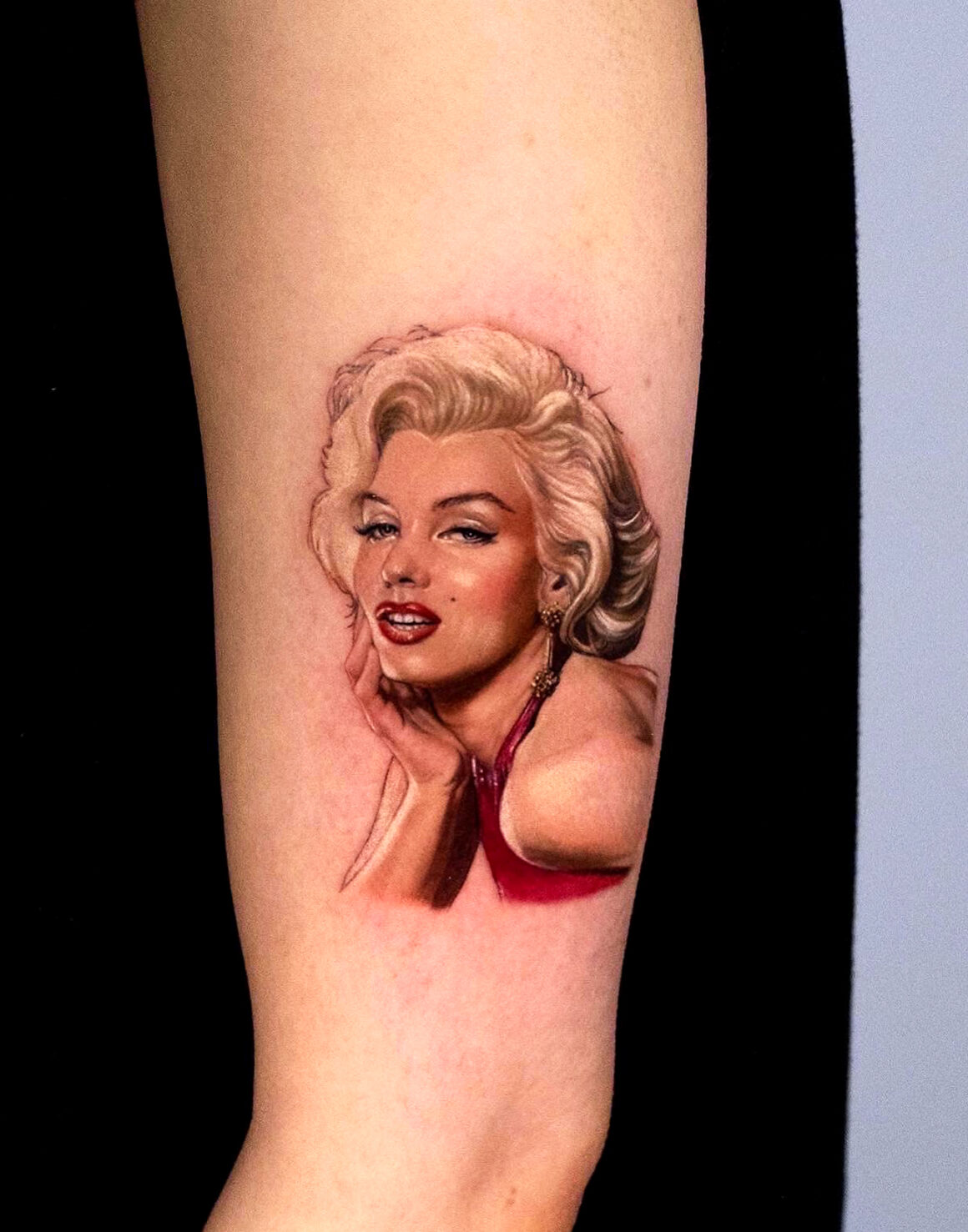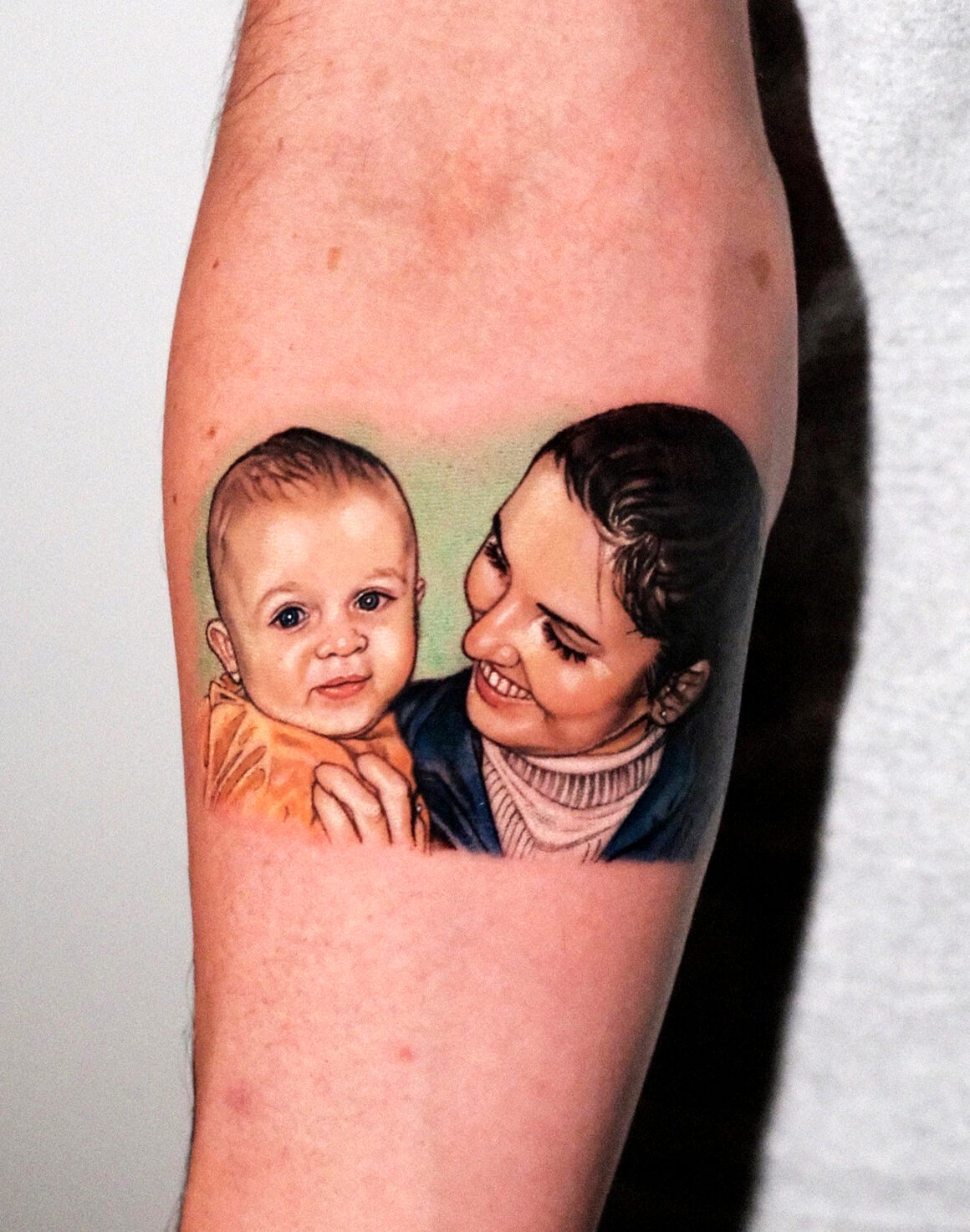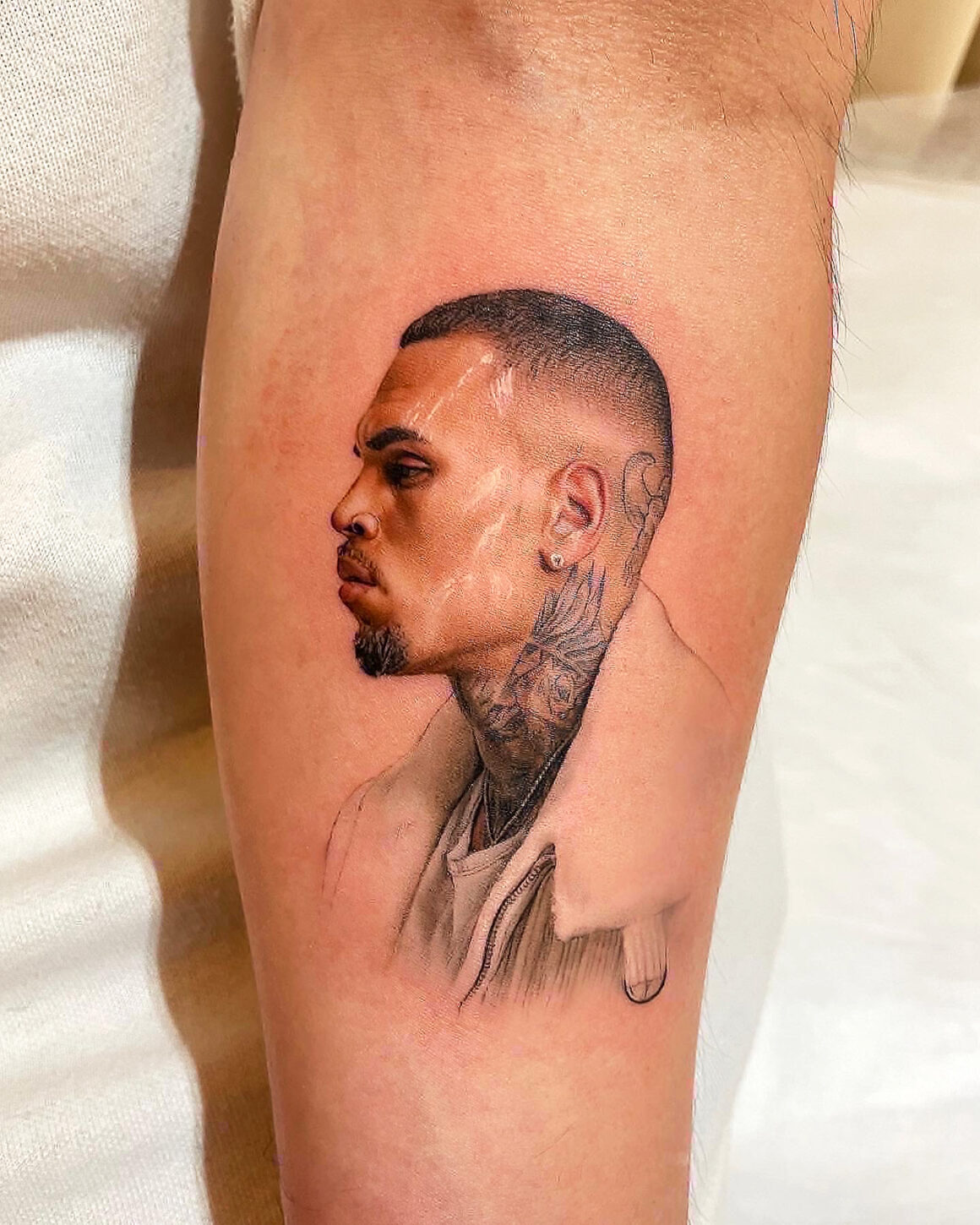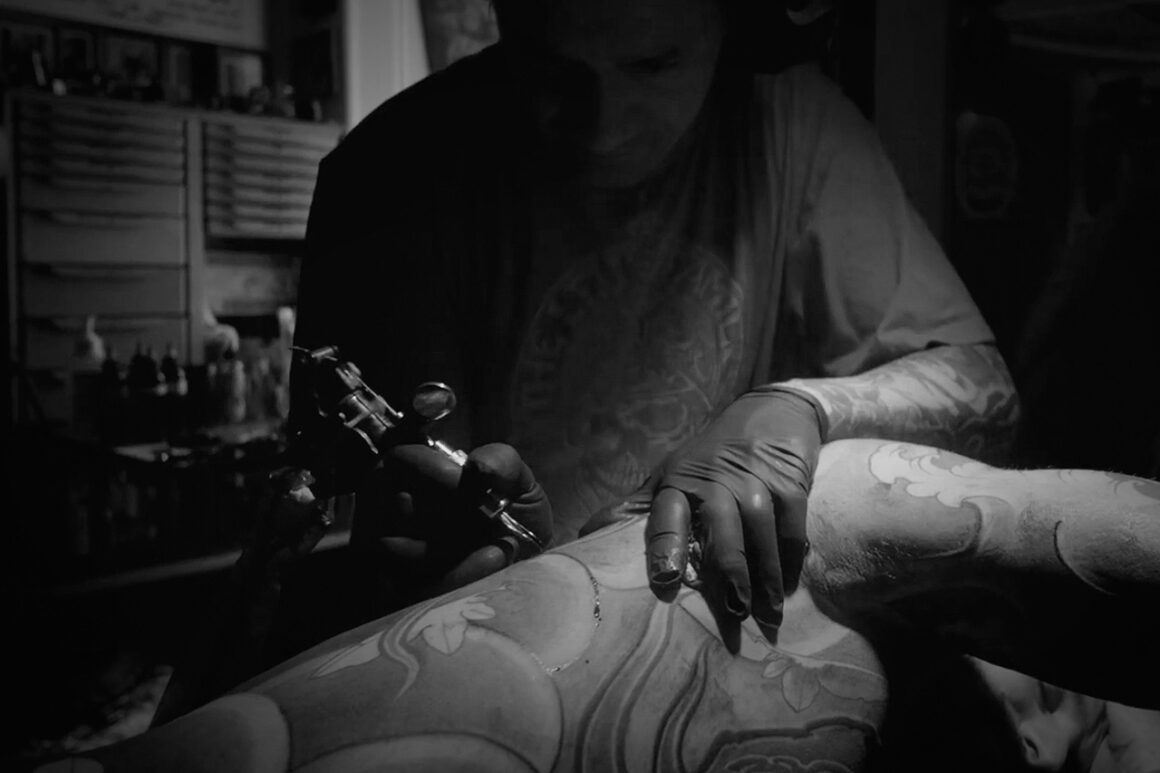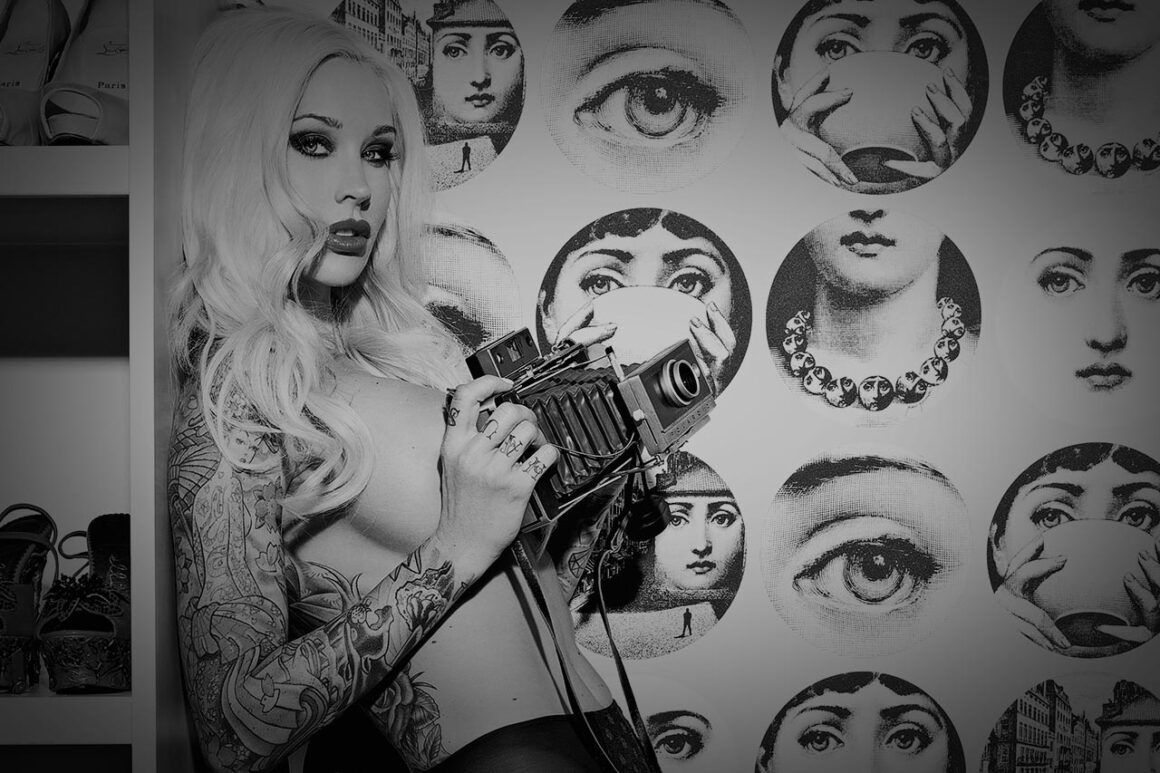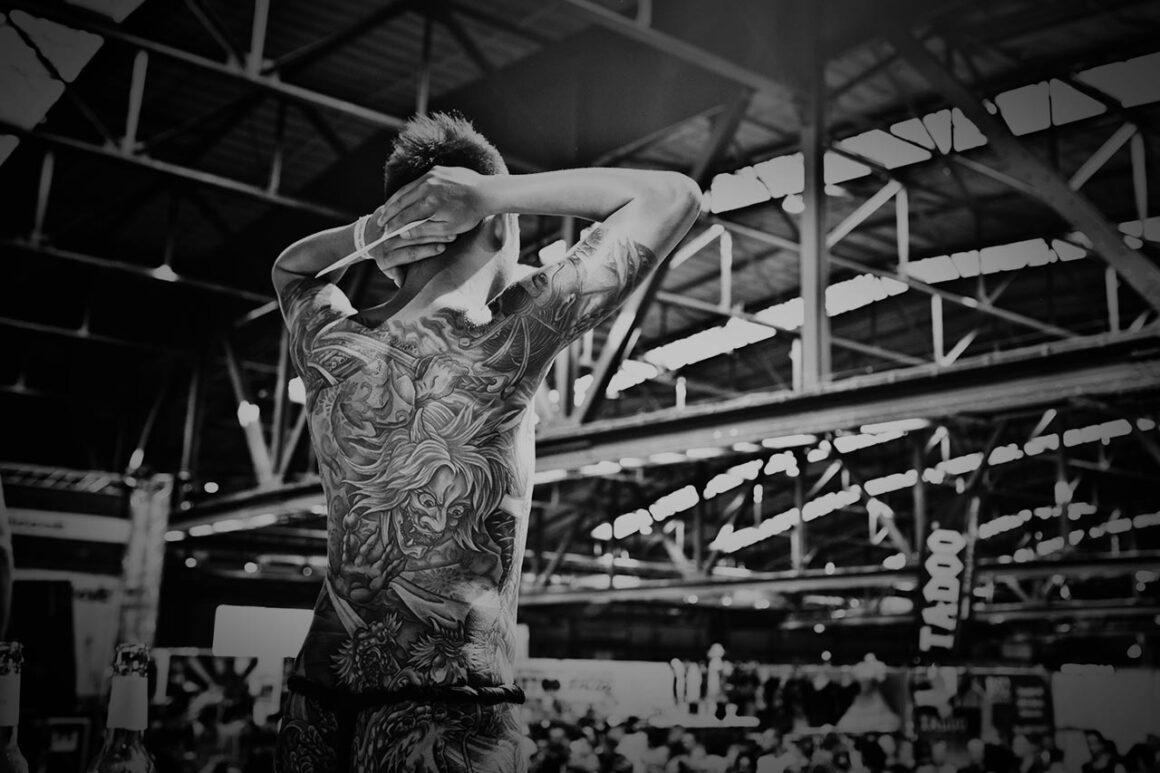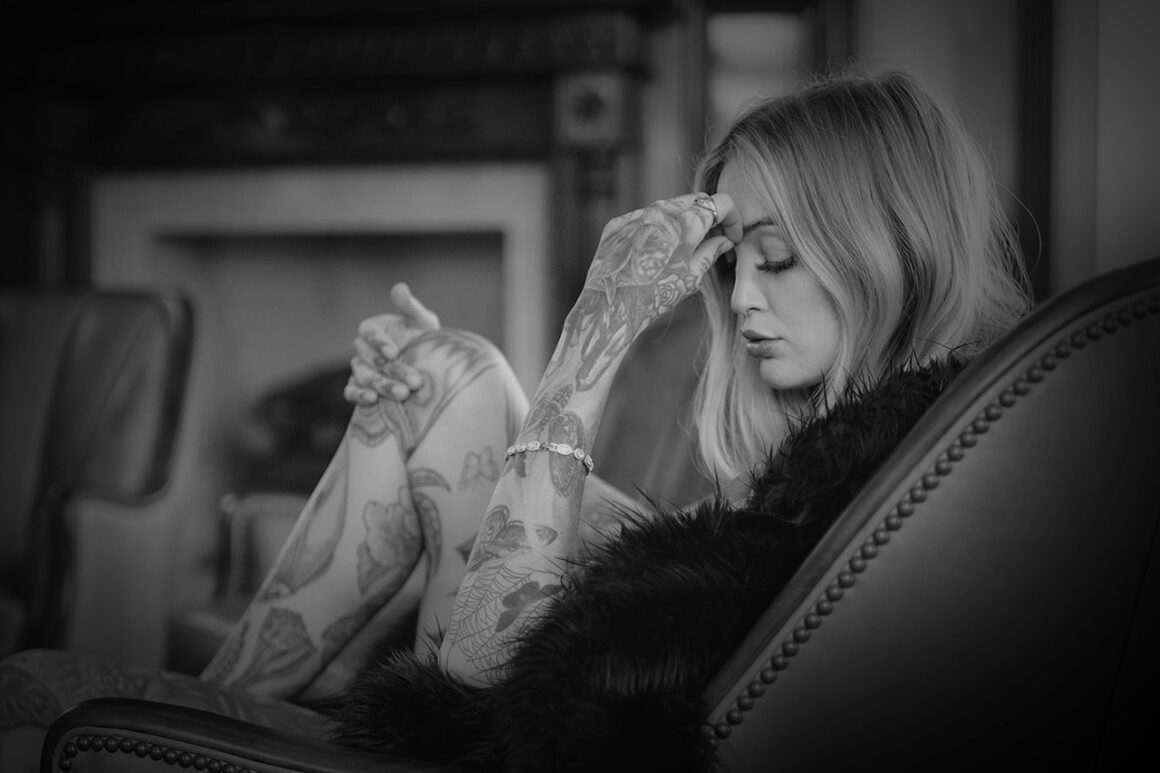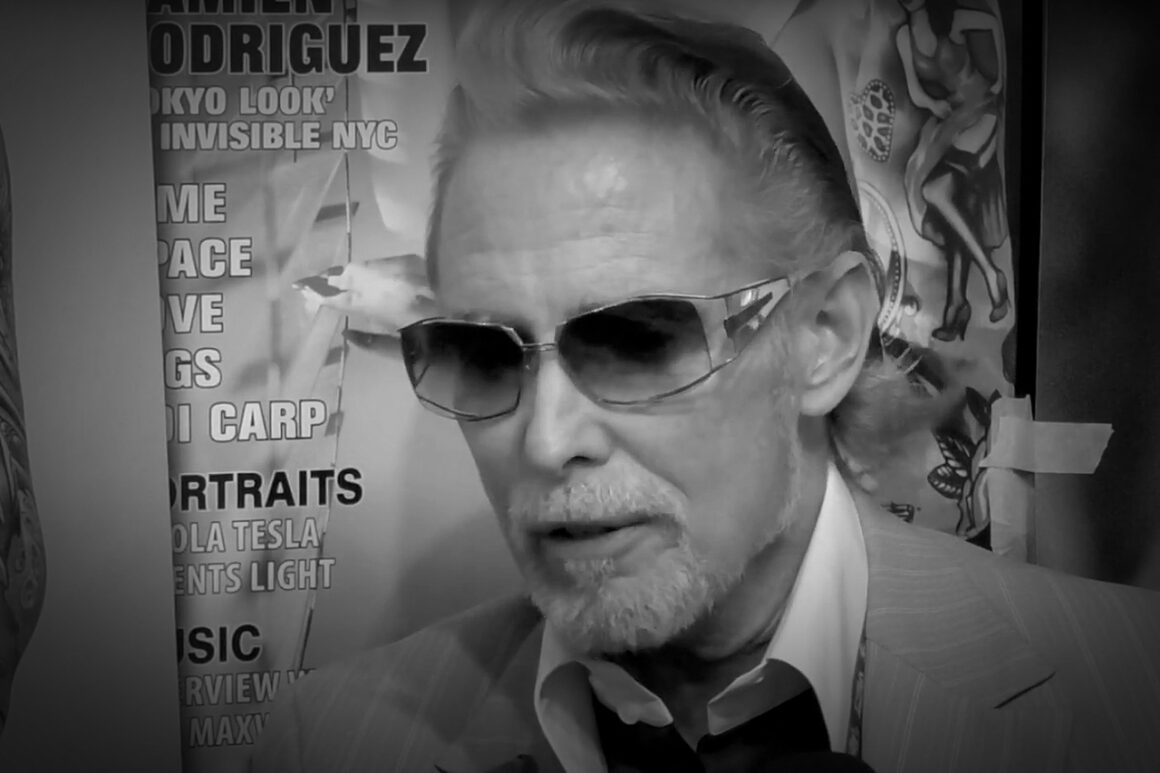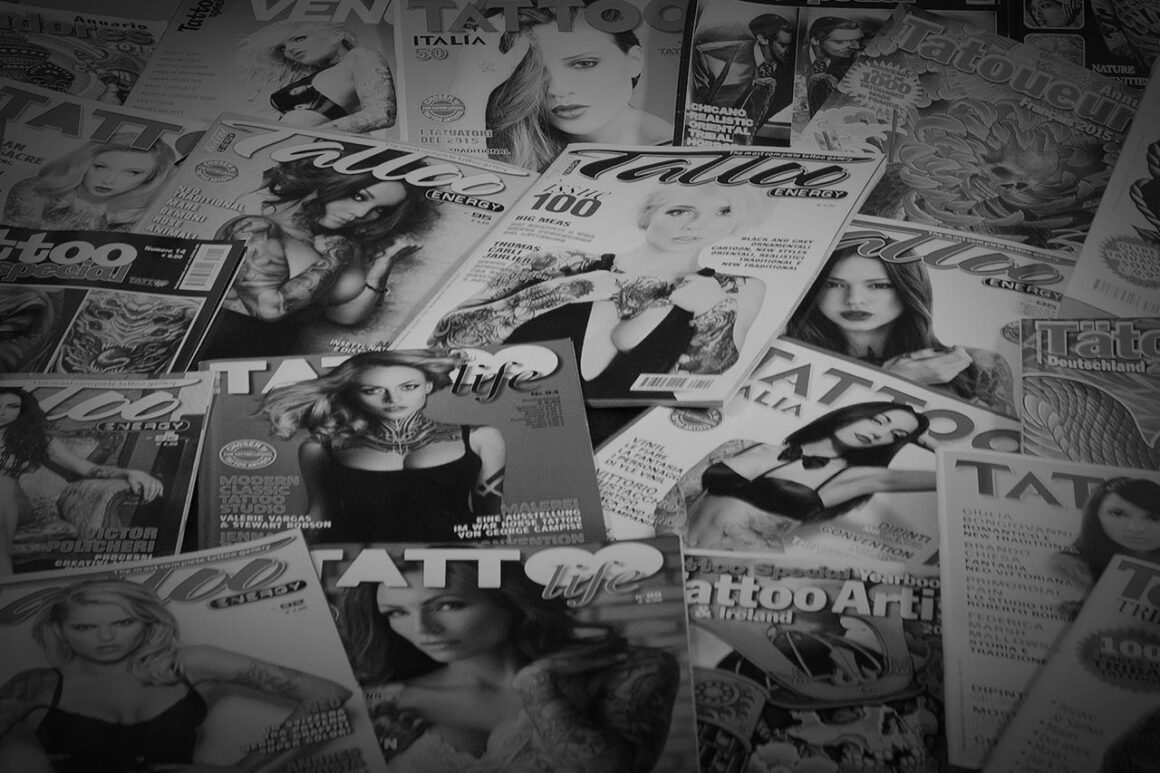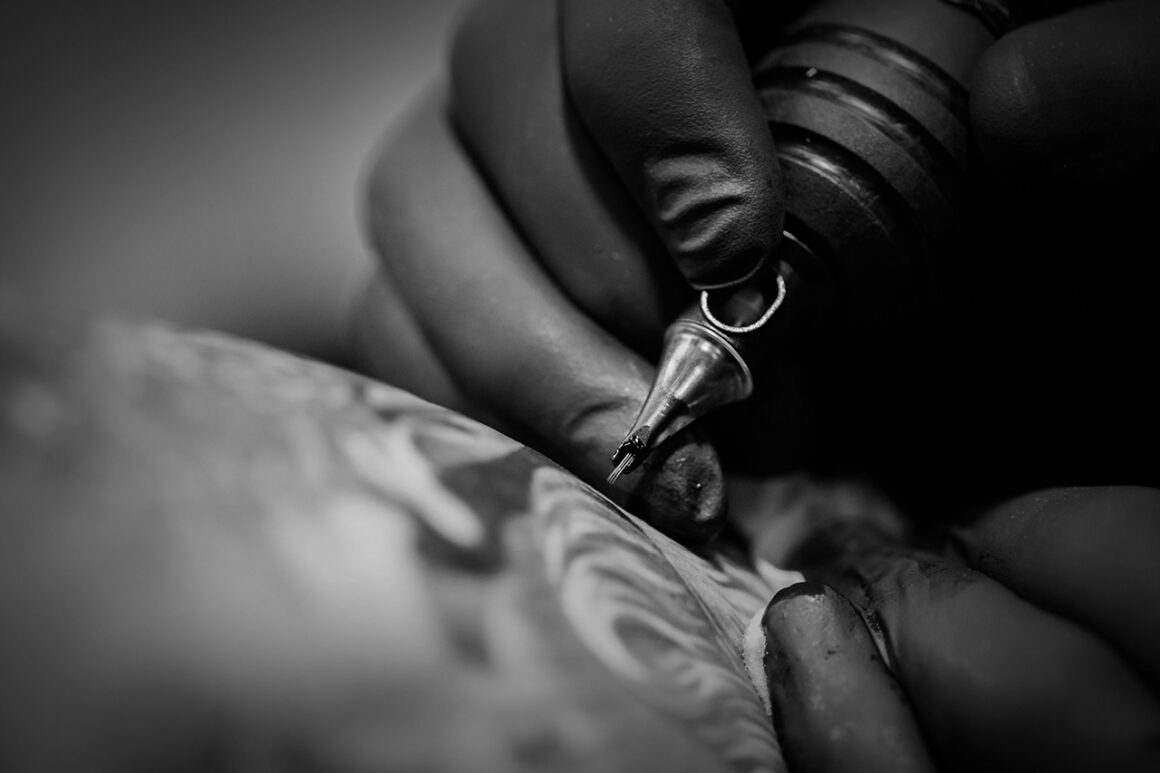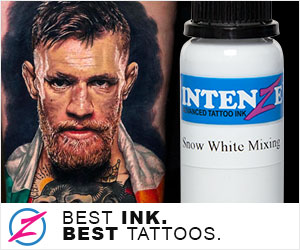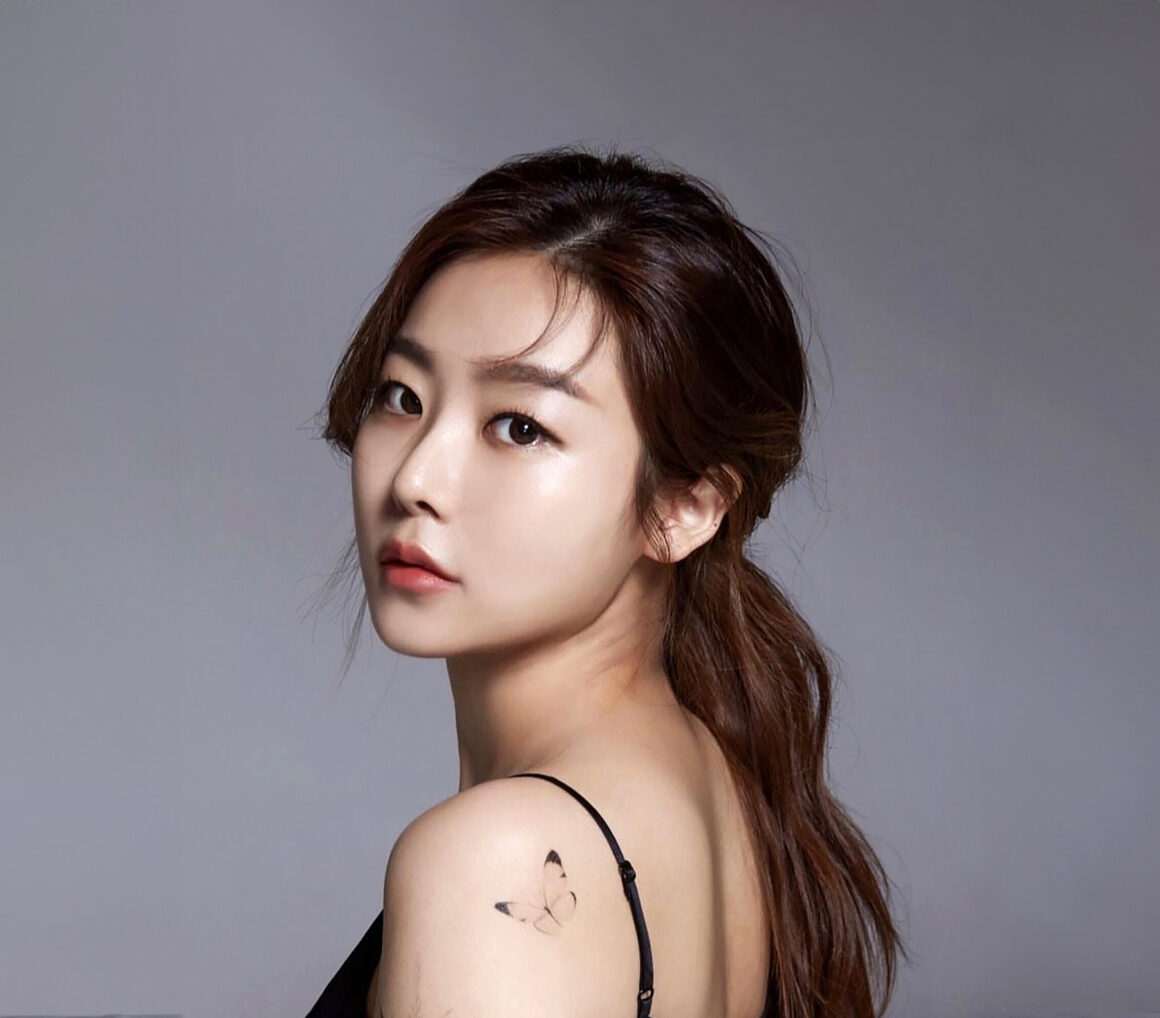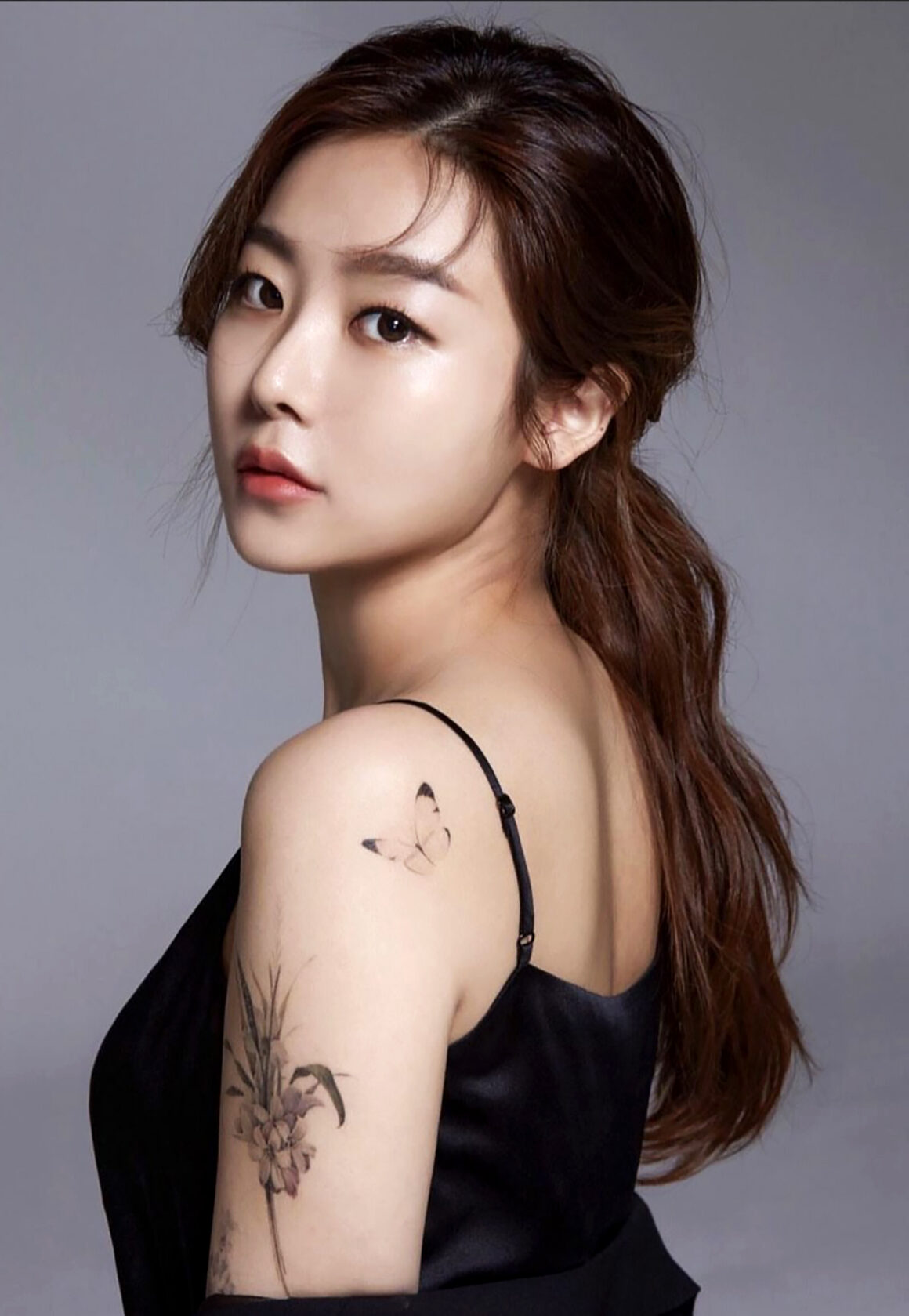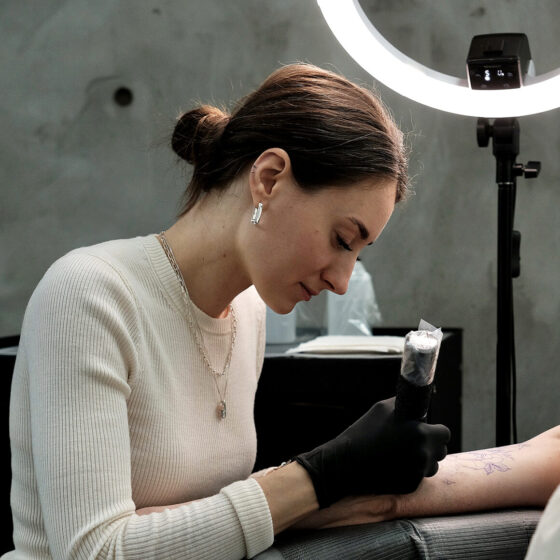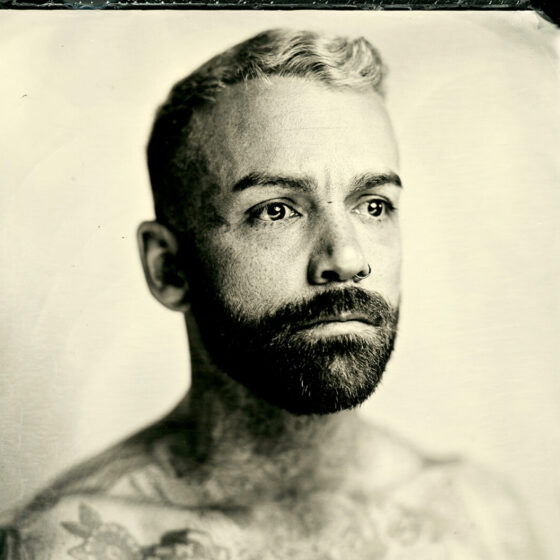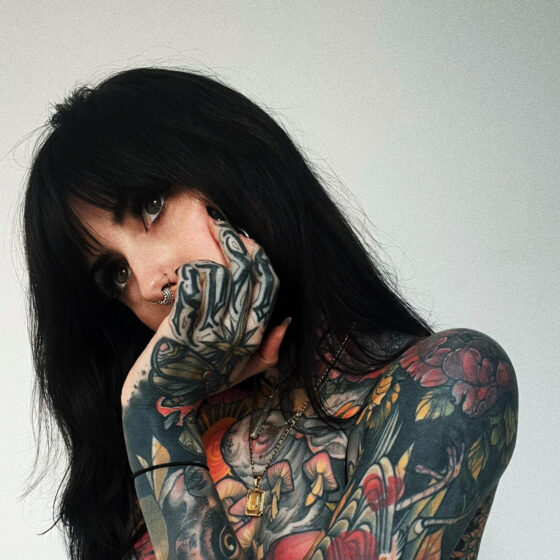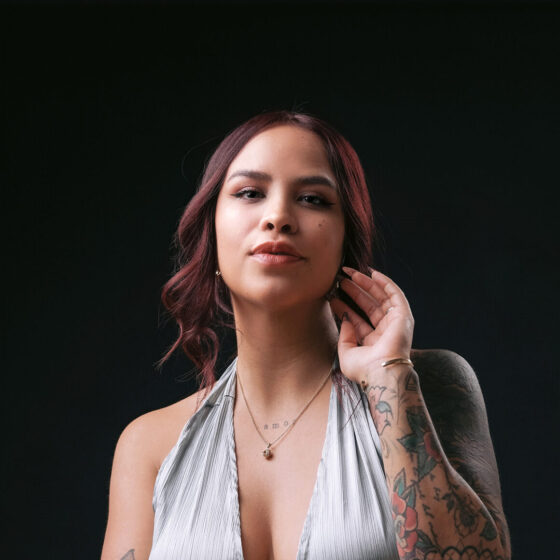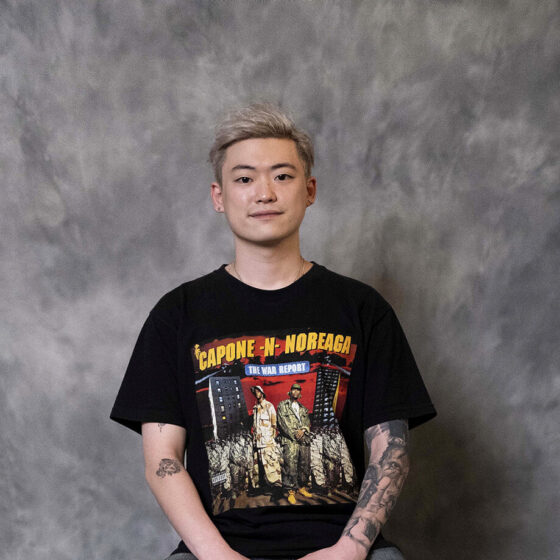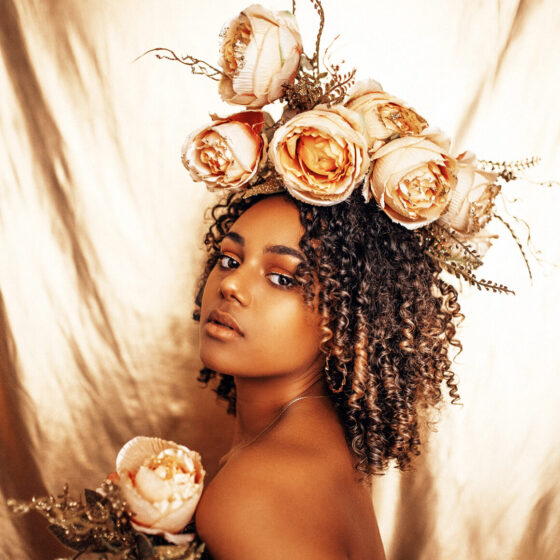Based in West Hollywood, California, Ellyn works as a professional tattoo artist having specialties in color portraits, permanent make-up and medical tattoos. Ellyn’s exceptional skills and extensive experiences in medical tattooing have a valuable impact on the physical, mental and emotional health of the people who are in need of, as she explains during this interview.
She also tells us about the psychological comfort that clients would have as they keep a portrait of their departed loved one on their skin for long.
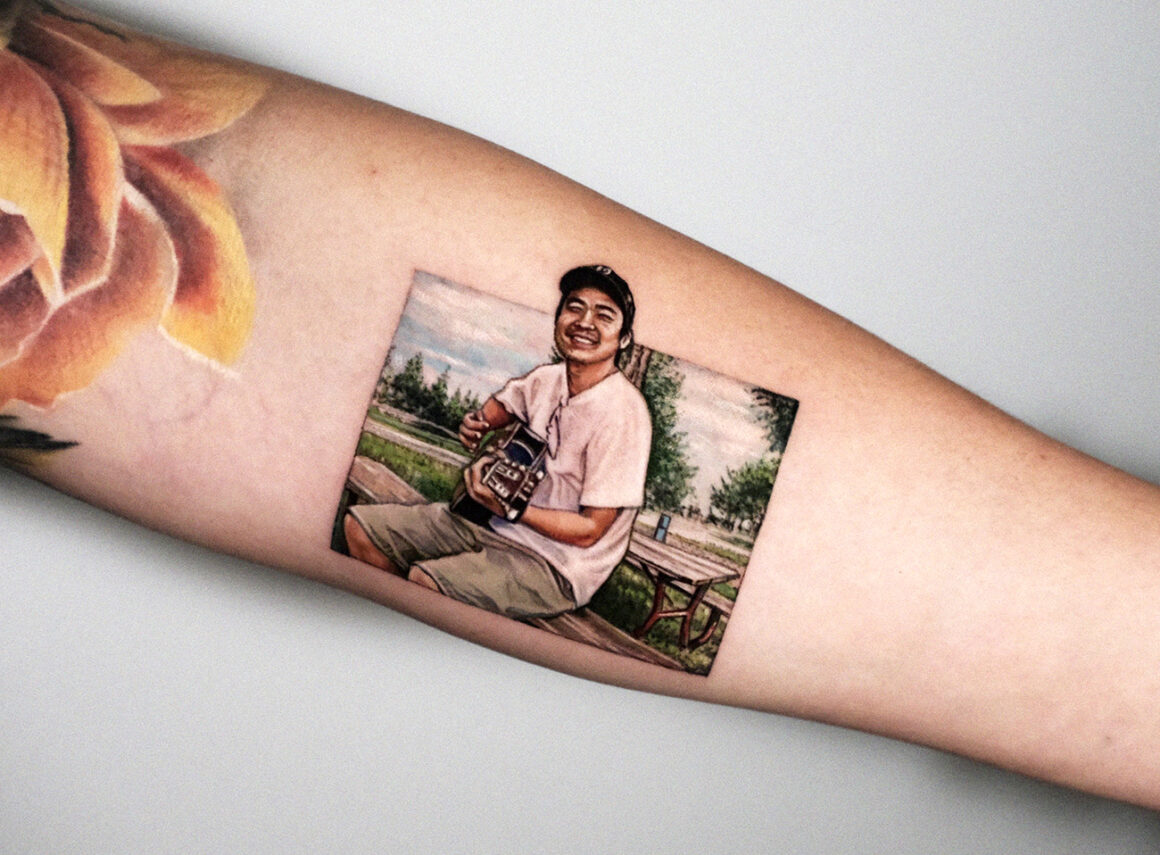
Ellyn, welcome to Tattoo Life. Where were you born and why did you choose LA as your base?
I have been residing in LA since last December when I arrived in the United States as an O1 artist. When I planned to move to the U.S., I received offers from various cities in the United States, among which Ganga Tattoo in West Hollywood was the first, and I decided to join that studio because it retained many excellent artists in its creative team. That’s how I came to LA, the city where I love to stay.
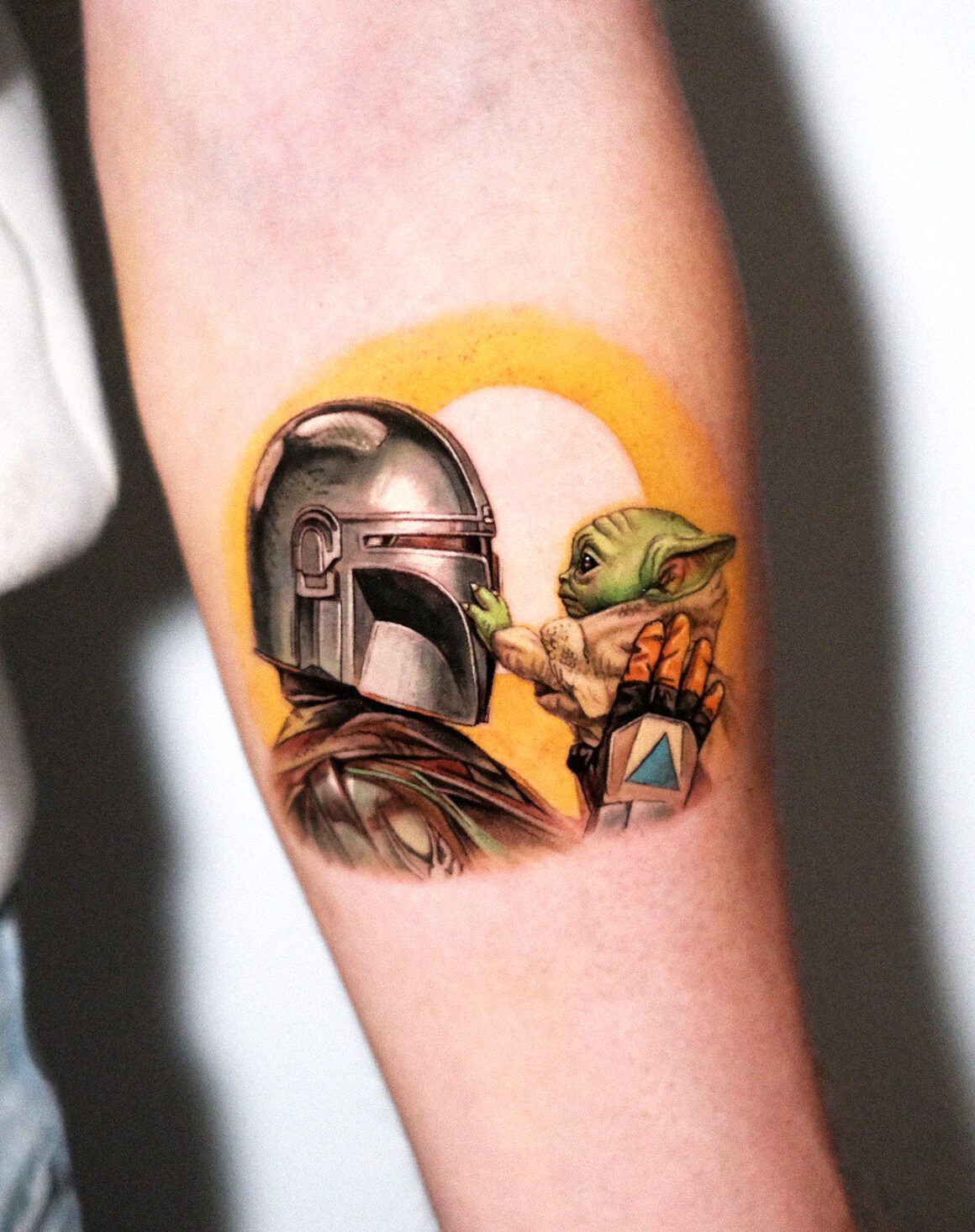
How did you become a tattoo artist?
Years ago, I managed a semi-permanent makeup shop in Korea. While running that business, I got interested in tattoos, sharing the same medium of working on. Further, since I studied fine arts in college, I became interested in the artistic aspect of tattooing and started learning this art form.
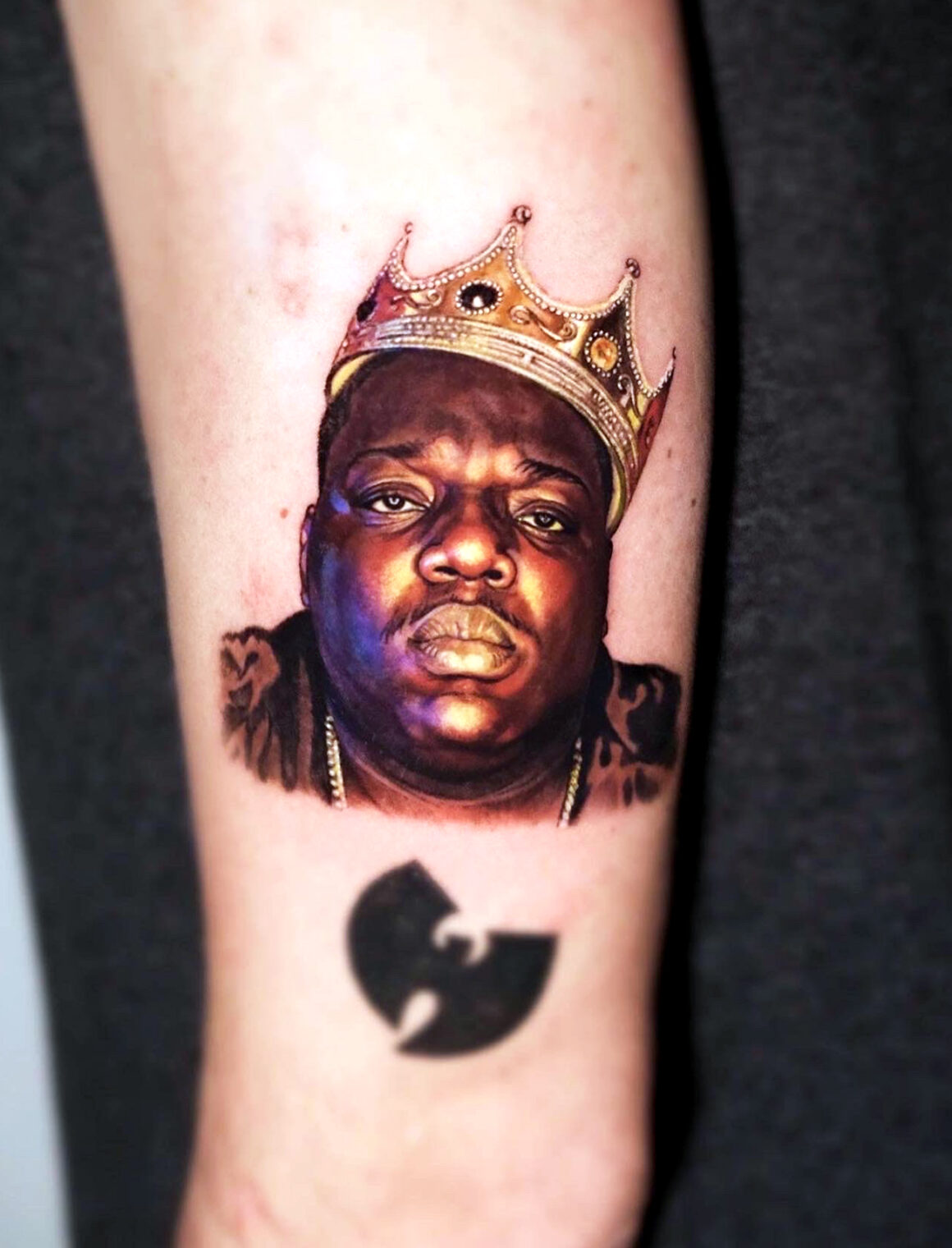
When we met, one sentence you said really struck me: my medical tattooing ability has a valuable impact on physical, mental and emotional health of American people. Would you like to tell me more about that?
That’s right. I do believe so. I am not only an ordinary tattoo artist, but I also do semi-permanent makeup and medical tattoos.
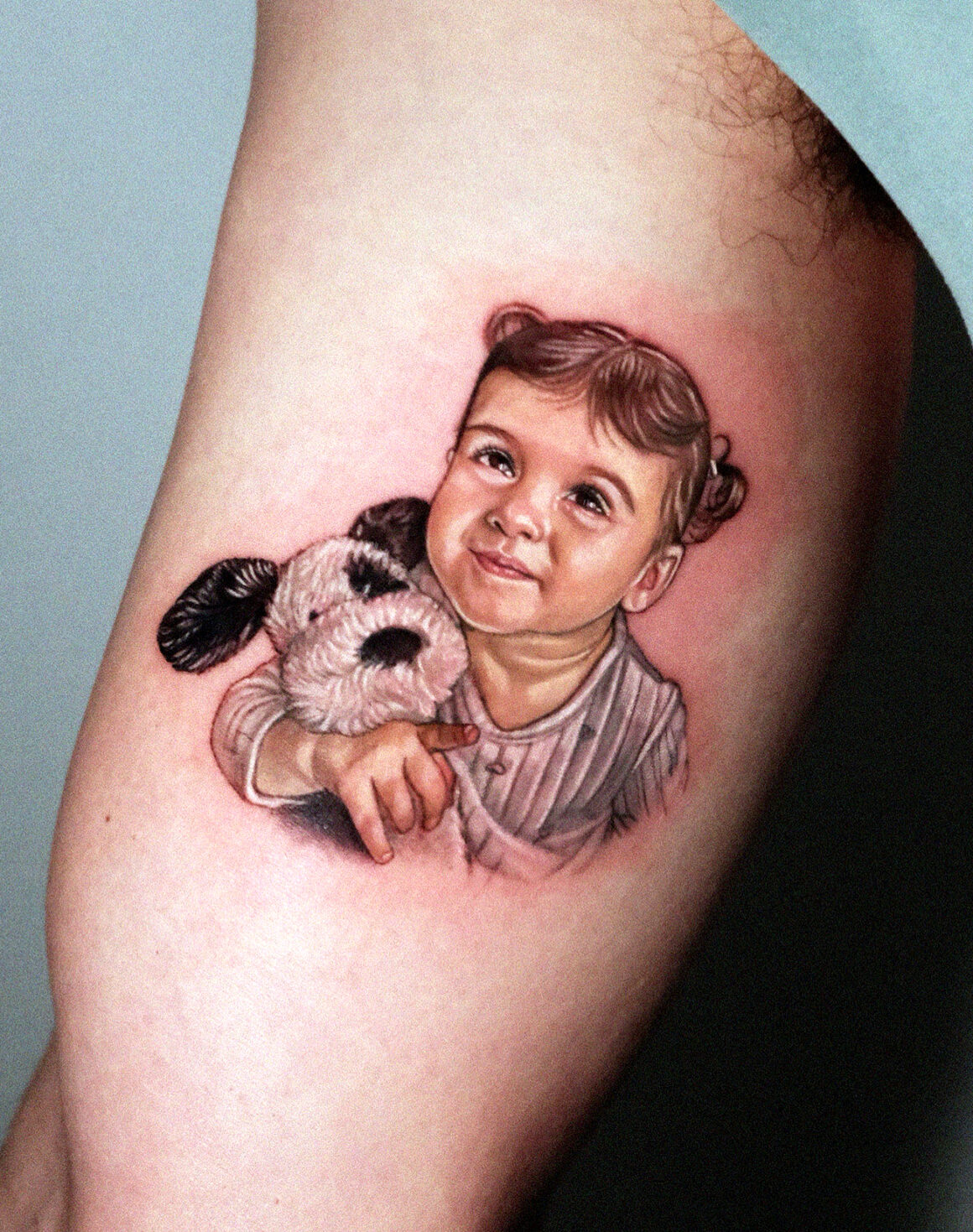
Paramedical tattooing is a set of techniques with which nipples are tattooed on women who have mastectomy due to breast cancer. It is a three-dimensional tattoo.
Women who receive nipple tattoos from me always tell me that they can recover confidence to go back on with their normal lives and receive a positive impact on their emotion.
On the other hand, I also do tattoos for covering surgical scars as well as for providing skin tone for vitiligo patients. These procedures also can help people recover from surgery or illness to their normal lives. That’s why I am proud of my work.
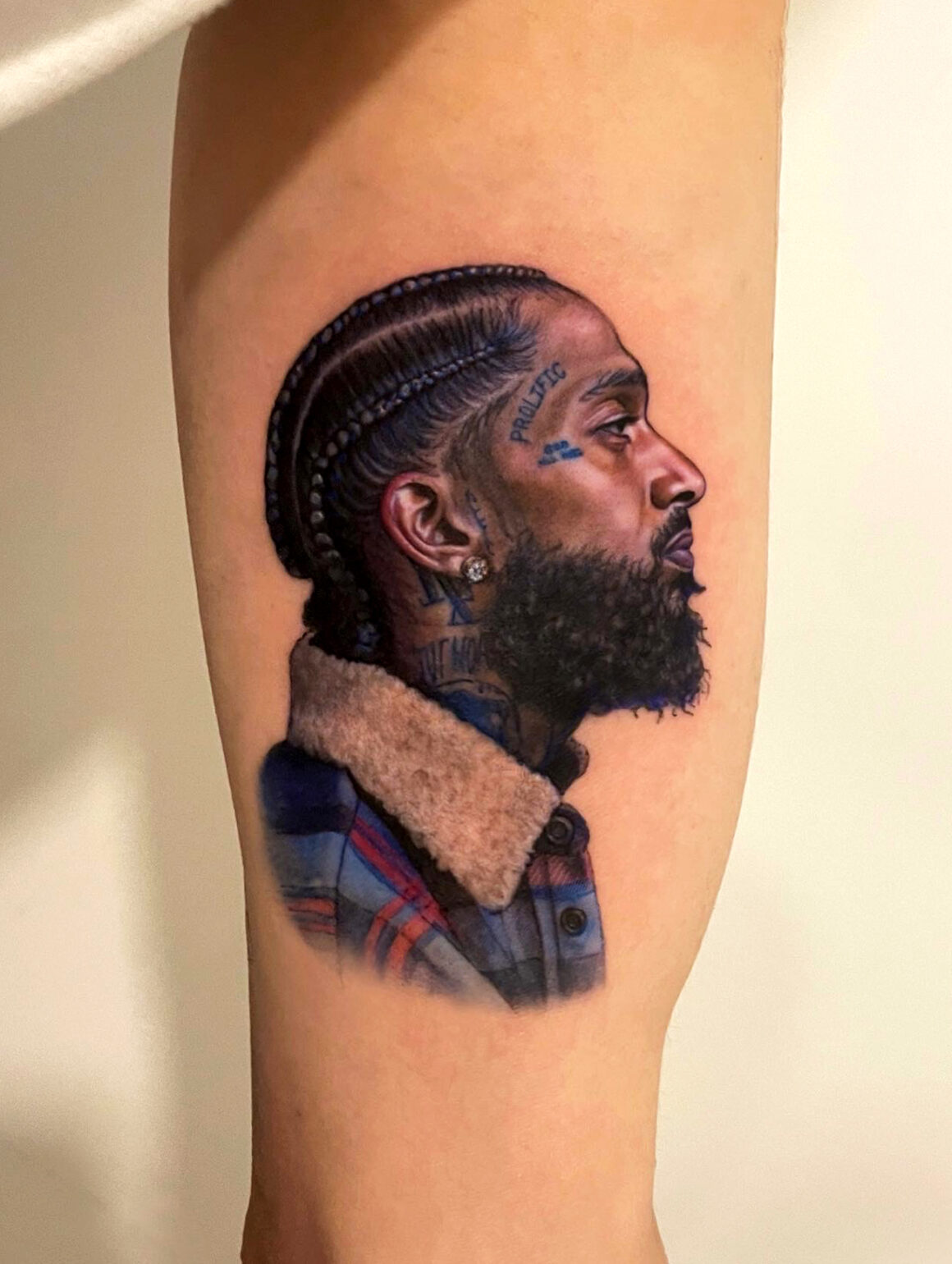
Considering this approach to tattoos linked to a psychological factor of those who get tattooed, what type of clientele do you have?
As I do permanent-makeup, tattoos and medical tattoos, my clientele is made up of various types of people depending on their needs. Many of my tattoo clients come to me to get a tattoo of their family portraits, especially when one of their family members passes away and they want to remember that person forever.
It seems to be a great psychological comfort to have an image of one’s bereaved family member on his or her skin because it may give the tattoo carrier a strong feeling of being constantly together with the deceased.
Most of my medical tattoo clients have been suffering from external scars left from surgery or illness, and I try my best to return them to their original appearance.
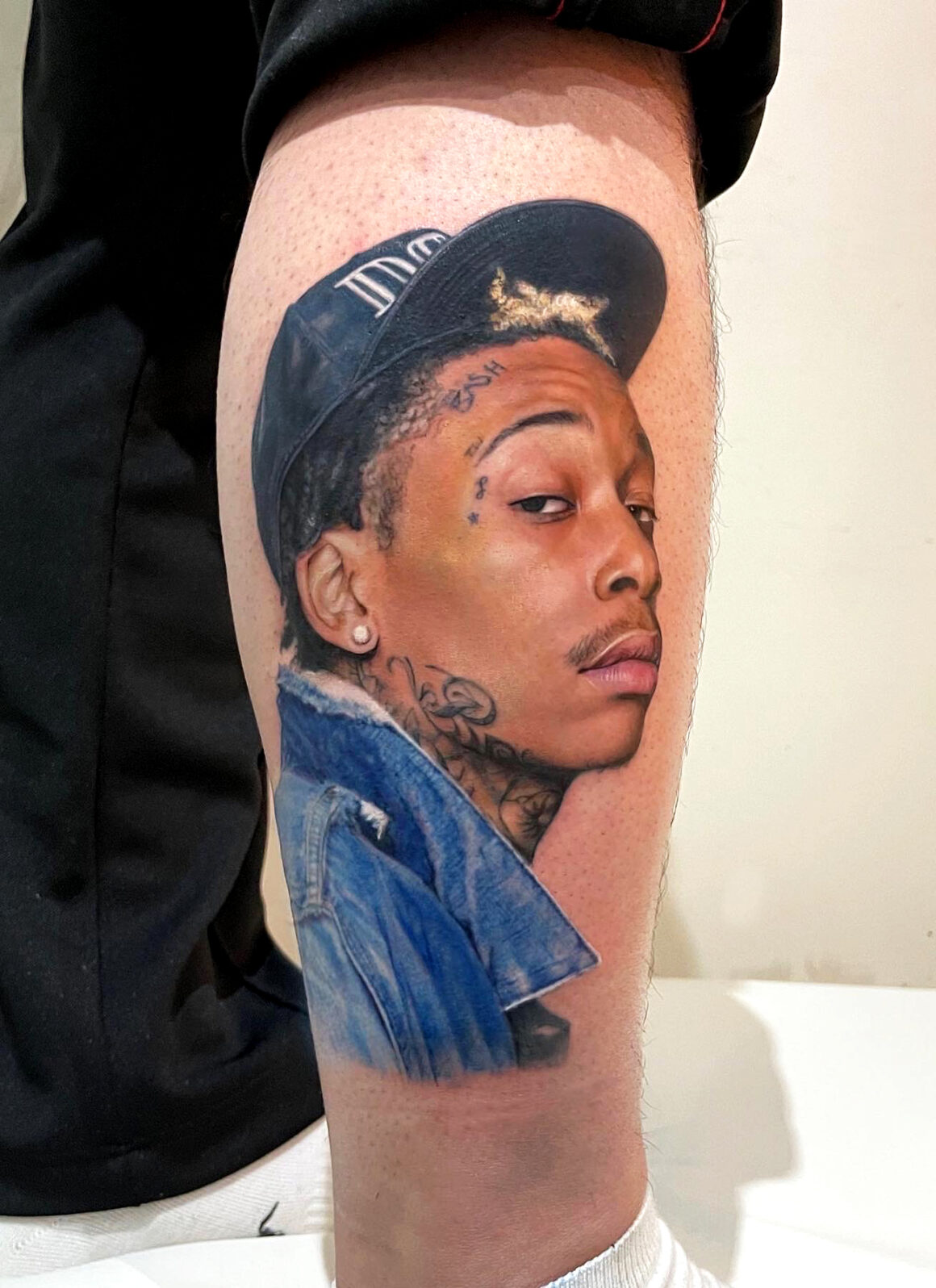
I tattoo in the most realistic way the missing nipple or cover up their surgical scar. People say that after receiving a medical tattoo, they manage to overcome their past, and they can go ahead more proudly in their lives. For permanent makeup clients, I try to enhance their personality. Unlike general makeup, this seems to be very convenient in everyday life as it stays permanently.
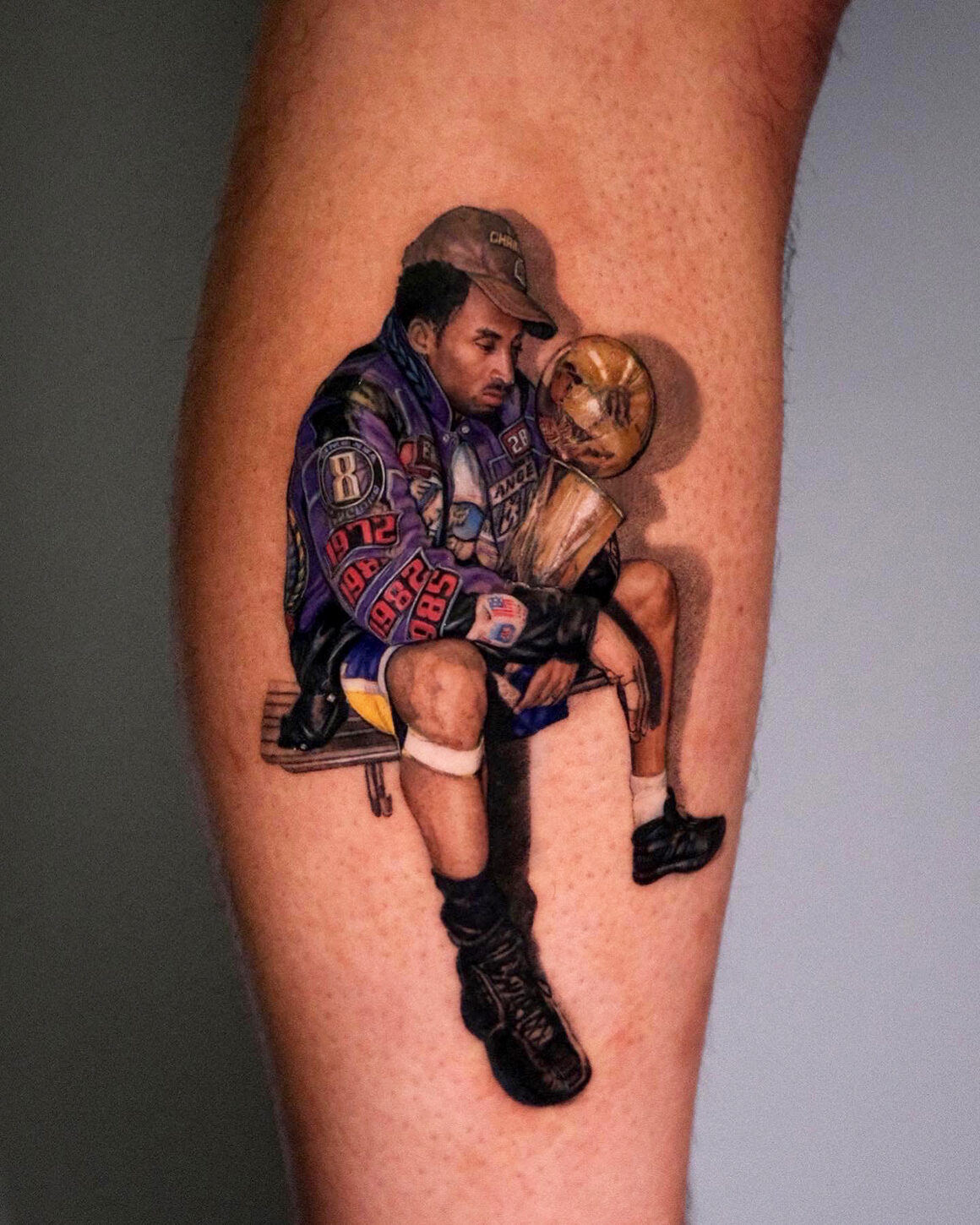
Regarding aesthetic tattooing, as art on skin, what is your visual direction?
From the perspective of aesthetics, I try to implement my skills to the best way of achieving the goals of each type of procedure. For example, in the case of family portraits I concentrate on reproducing the portraits as realistically as possible to offer the clients the unique feelings of the memory of their departed loved ones; and for medical tattoos I put an effort to conceal best the deformation of surgery or disease to give back to clients their original look.
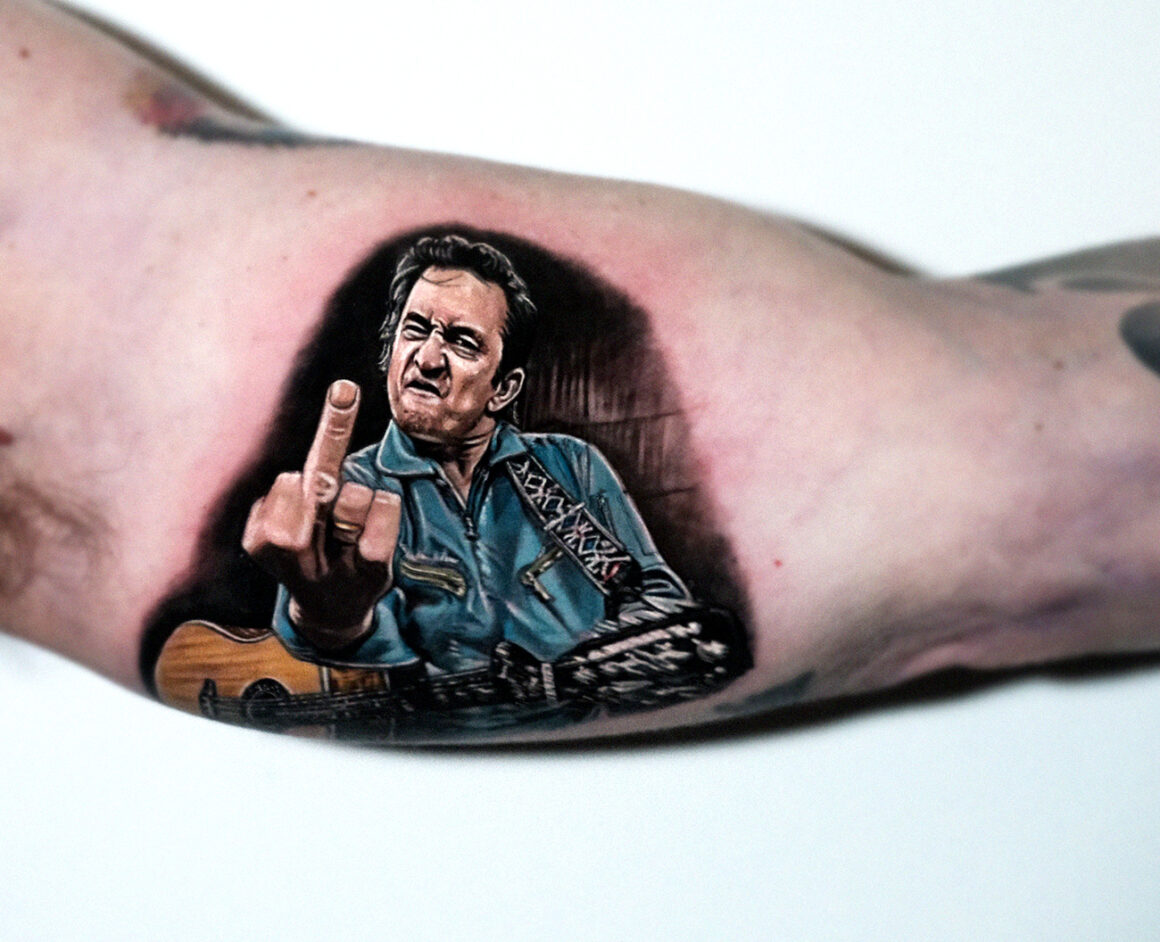
You are known to prefer portrait tattooing, what is the reason for that?
I originally majored in fine arts, and in college my major was sculpture. As I mainly worked on people, I feel more familiar with human body and thus I naturally started to do more portraits. It is a pleasure for me to express the unique image that a person has.
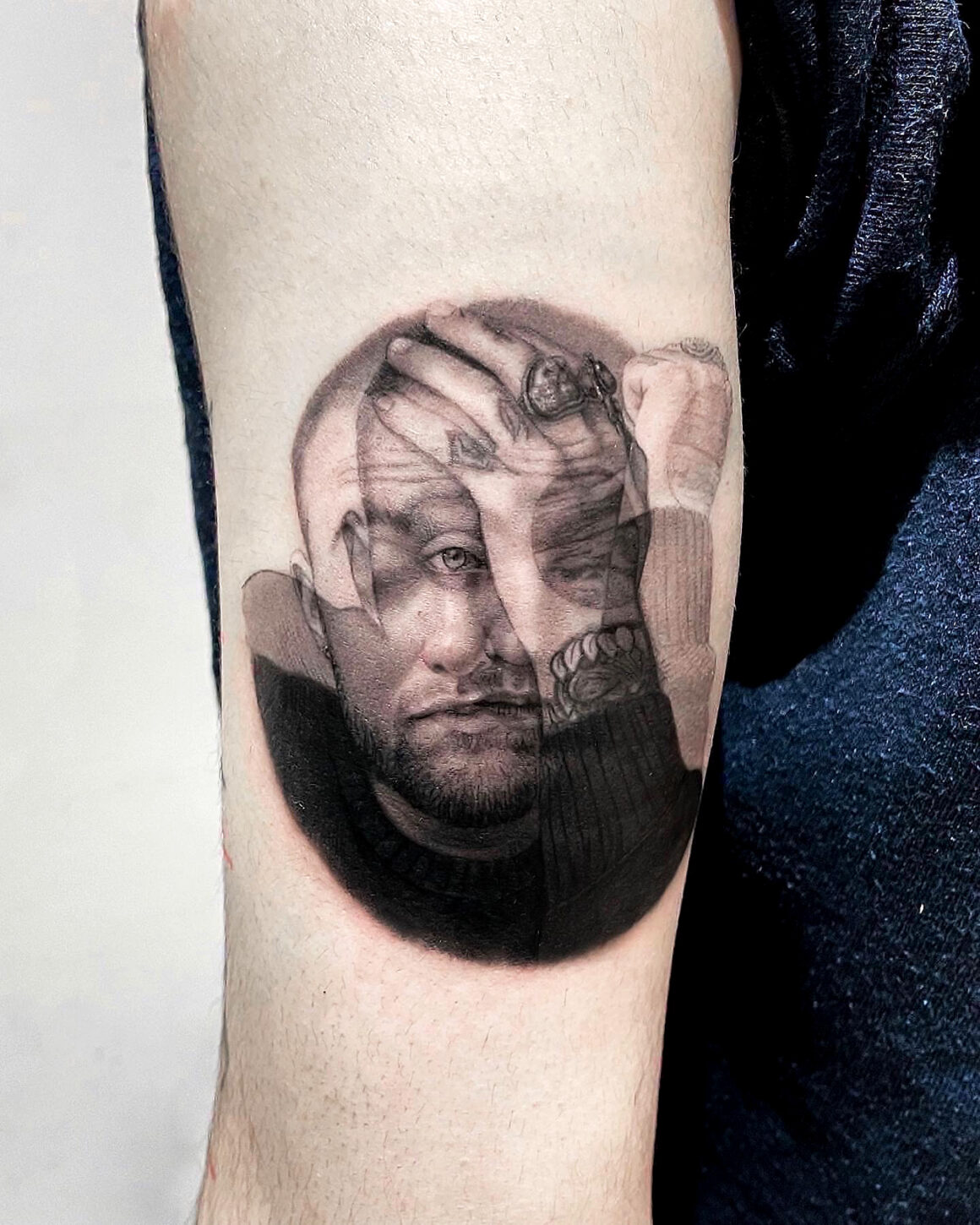
How do you customise them technically? Colour shading, outlines…
In my work I usually start with the outline, then I shade by matching colors. Sometimes, since the color I want to express does not come out at once, I work on different layers of colors until I obtain the desired one.
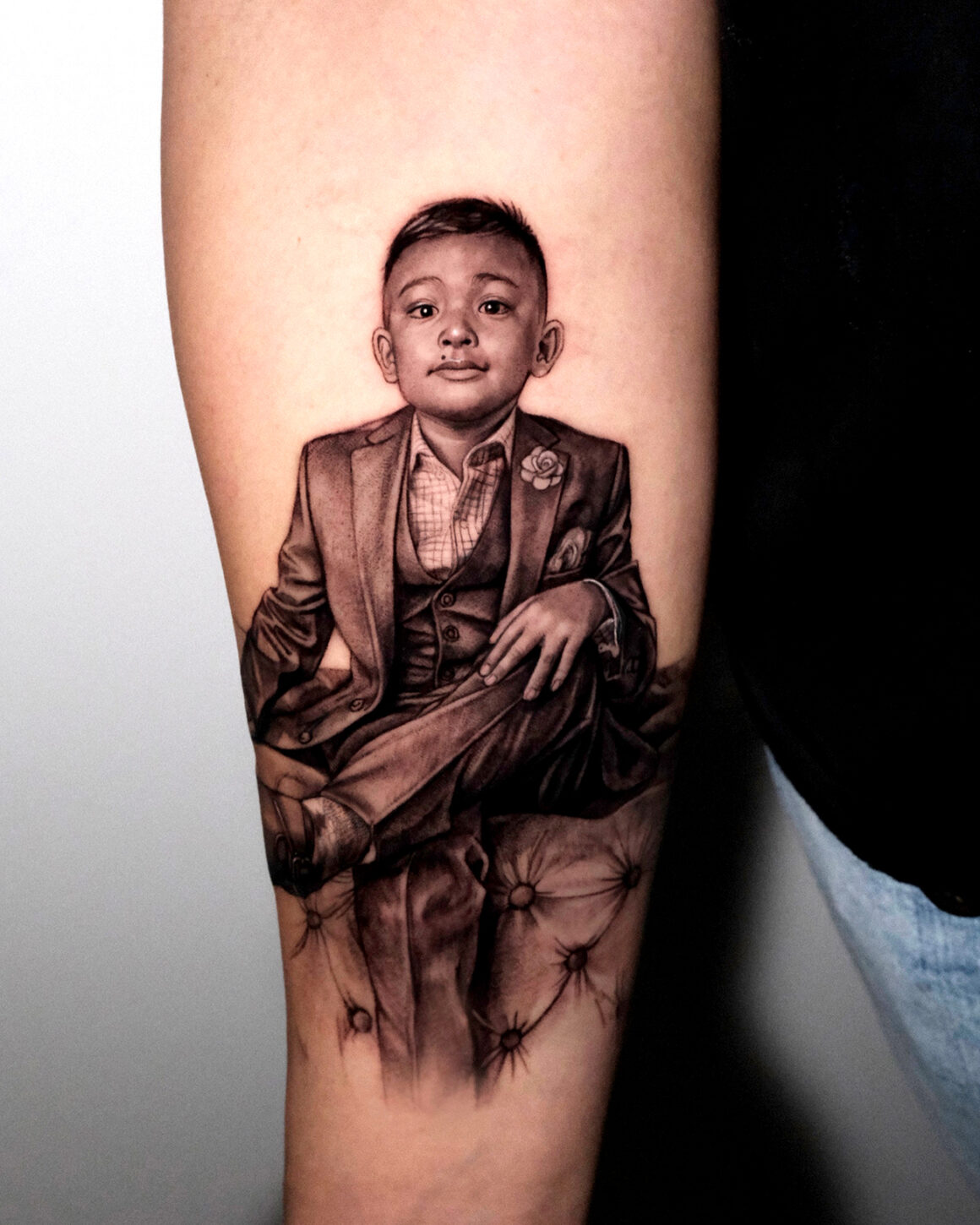
What are your goals for the near future? What are your wishes?
I want to further specialize in the field I am working in with a machine. I also want to expand my paramedical tattoo business further and become a top expert in all areas where ink is applied to the skin, so that my skills can be used in various fields where needed.
